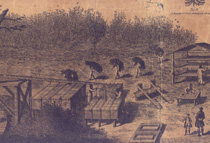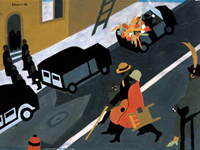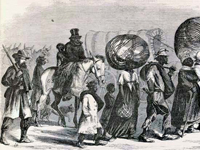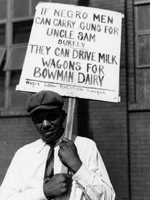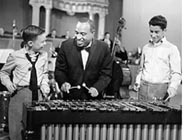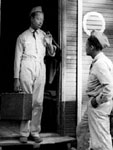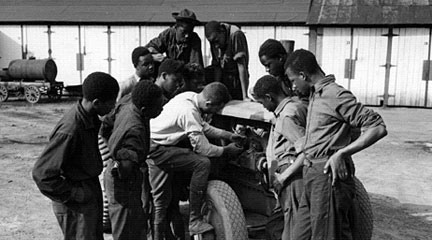Learning from Others: Learning in a Social Context from Annenberg Media is a video made up of two sections, the second half of which documents the practice of Avram Barlowe, a high school history teacher at the Urban Academy in New York City. (Go to Session 7 and view video from 13:58–25:55.) This video provides examples of two promising practices:
- Helping students use textual evidence to support their claims
- Leading a productive discussion in the history classroom by asking open-ended questions and restating student answers
Black Codes
The subject for the class discussion is a set of discriminatory Southern laws known as Black Codes. The laws were passed by Southern state legislatures in the wake of the Civil War and reflected the efforts of former Confederates to reassert control over the recently emancipated black population.
Returning Students to the Text
The classroom discussion is grounded in primary sources. Students are asked to look at examples of Black Codes and answer the following questions:
- What were the laws designed to do?
- How might such laws be defended by the people who wrote them?
Having asked students to form interpretations based on these texts, the instructor is diligent about reminding students to return to the texts during their discussion. "Let's look at what the law says," he instructs at one point, reinforcing his desire that they work with the evidence to develop their ideas.
Leading Discussion
A major part of managing a successful class discussion, this video makes clear, is asking open-ended questions that students can answer in a variety of ways. This approach makes the class discussion more accessible for all students and can engage them in using evidence to support their claims. The instructor in this classroom also works to put students in conversation with each other. He does this by restating and clarifying the claims made by students, as well as by pointing out areas of agreement and disagreement in their comments.
What's Notable?
Discussions are a common feature in many history classrooms. What makes this class unique, though, is the approach taken by the instructor. First, the video documents the practice of consistently returning students to the text in discussions, asking them to use evidence to support their claims. Second, it reveals a successful approach to promoting deeper historical understanding by asking open-ended questions and restating student answers.

